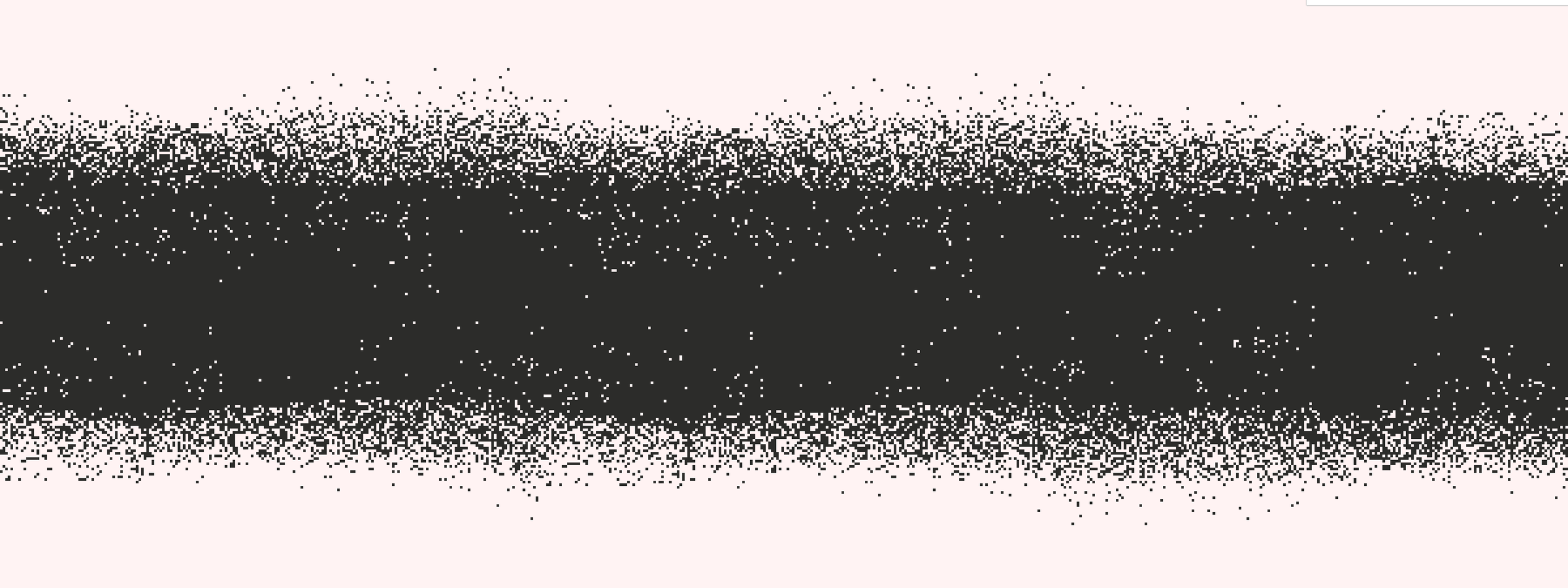Game Developer
Pixel Art
3D
Game Design
Game Programming
A supermutt is a kind of dog that inherits DNA from a wide range of different breeds and ends up creating something entirely unique.
To me, this is the epitome of a game developer - being able to pull inspiration from far and wide to create something one-of-a-kind.
While I consider myself a game designer first and foremost, I pride myself on developing a wide range of skills including gameplay programming / scripting, UI Design, pixel art, 3D modeling, animation, and technical art. A supermutt doesn’t limit themselves to being a hunter or a herder or a house pet. They’re the ultimate hybrid. And I believe that being a flexible game developer is how I can best help create original games.

Skills
Game Engines
——————————————Unity
—————————————Godot
—————————————Unreal
Programming Languages
————————————————C#
——————————GDScript
——————UE Blueprints
———————————————C++
Unity Shader Graph
Godot Shader Lang
——————————Aseprite
————————Photoshop
———————————Blender
Substance Painter
Shader Languages
Other Software

Accolades
1st place overall out of 62 entries
9th place overall out of 139 entries


